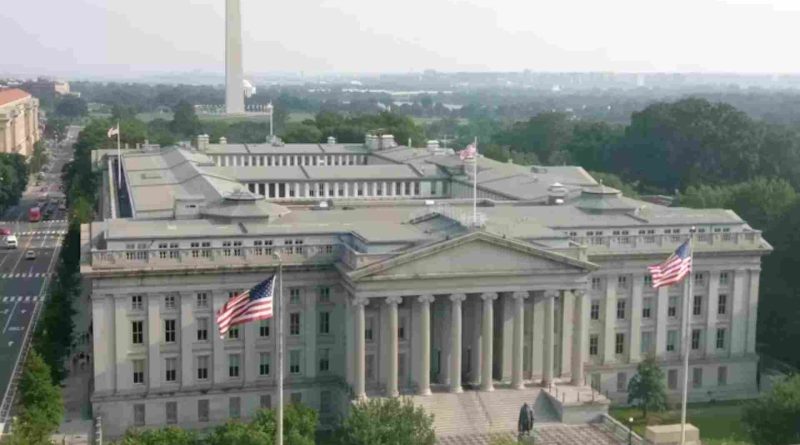Trump’s Executive Order Sparks Debate on Federal Building Aesthetics
Trump has issued an executive order demanding that all forthcoming US federal buildings uphold the standard of “beauty.” This directive, long anticipated, critiques architectural modernism, yet falls short of insisting that such constructions adhere strictly to classical motifs.
Pulitzer prize-winning architectural critic Paul Goldberger characterizes the order as “largely symbolic,” asserting that it serves primarily as a parting shot for Trump.
Initially leaked in February, the draft of the order provoked widespread dismay with its pledge to “restore beauty to federal buildings” by mandating a return to “classical architectural style.”
Critics, including the American Institute of Architects and the National Trust for Historic Preservation, voiced objections. Goldberger, speaking to the Guardian, emphasized that the issue lay not with classical architecture itself but with the imposition of an official style, which he deemed incompatible with modern democracy.
Ten months later, as Trump’s tenure neared its end, the finalized order emerged.
It praises classical American public architecture examples such as the Second Bank of the United States in Philadelphia, the Pioneer Courthouse in Portland, Oregon, and the Thurgood Marshall United States Courthouse in New York City.
In Washington DC, it lauds iconic classical structures like the White House, the Capitol building, the Supreme Court, the Department of the Treasury, and the Lincoln Memorial.
The order criticizes post-1950s constructions, ranging from uninspired to actively disliked by the public.
While advocating for classical and traditional architecture, it acknowledges the appropriateness of other styles, provided they command public respect for their beauty and embodiment of American ideals.
Establishing a “President’s Council on Improving Federal Civic Architecture,” the order tasks it with overseeing federal projects to ensure compliance with its architectural preferences, which exclude brutalist or deconstructivist designs.
Trump’s preference for opulent aesthetics in his real estate ventures, coupled with his history of demolishing cherished old buildings, invites scrutiny of his sudden embrace of classicism.
While some federal projects in neoclassical style have commenced, Biden’s inauguration on January 20th may spell the end of Trump’s push for “beautiful” buildings through executive order.
Goldberger, commenting on the order’s issuance, deems it a watered-down version of the original proposal, suggesting its impact will likely be minimal. He contrasts it with last-minute pardons, noting that the next administration could mitigate or reverse its effects.
Before the order’s release, Democratic Representative Dina Titus of Nevada introduced legislation to prevent the GSA from rejecting modernist designs.
Titus condemns the imposition of a preferred architectural style for federal facilities, seeing it as contrary to democratic principles. She criticizes attempts to implement this mandate without congressional approval, calling it an affront to established GSA policies and public input processes.

